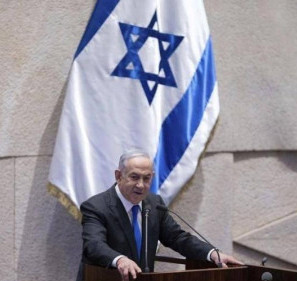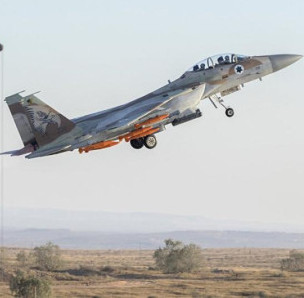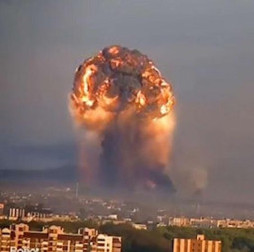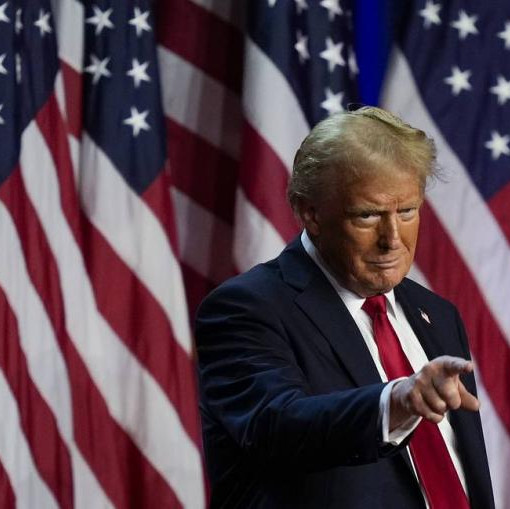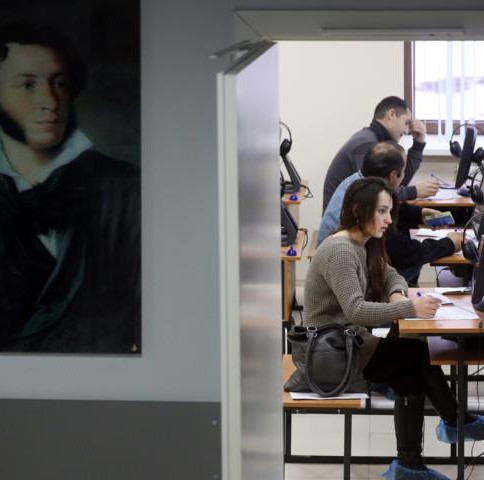
On October 18, Russian President Vladimir Putin addressed the BRICS Business Forum’s plenary session. This Moscow-hosted event is an important stage in preparations for the BRICS summit due in Kazan on October 22 to 24. It will for the first time feature new full-fledged members of the association that joined in starting January 1, 2024 — Egypt, Iran, the United Arab Emirates, Saudi Arabia and Ethiopia. And the initial ones are Brazil, India, China, Russia and South Africa. The ten-country bloc is going to expand further as new applications are received. The Russian President has called it symbolic that the Business Forum precedes the highest-level meeting in Kazan, since this "underscores the importance of close economic partnership between our countries, promoting trade and investment, and deepening cooperation."
The general motto of Russia’s BRICS presidency is "Strengthening multilateralism for equitable global development and security". To date, the plan has been fulfilled by more than 80 percent. Over 200 events, meetings, conferences, and industry meetings have been held, as well as most expert and ministerial ones.
Putin stressed that Russia as the current chair of BRICS "strives to facilitate integration of new members into all cooperation mechanisms." He added that "representatives from the new BRICS countries were warmly received in the Business Council, and they, too, became actively involved in its work."
To make things clear, the Russian national leader referred to the key macroeconomic parameter of BRICS: its total GDP exceeds $60 trillion, with the "overall share in global GDP easily surpasses that of the so-called G7, and it continues to grow." "BRICS accounts for approximately a quarter of global goods exports, with companies from BRICS countries dominating several key markets, including energy resources, metals and food – markets that are essential for sustainable economic development. In short, BRICS already plays a significant role in the global economy, and its influence will undoubtedly increase in the future," Putin summed up.
The progress of member-state economies is adamantly associated with growing energy consumption. Let's look at the strategic symbiosis: for example, Russia has a high export hydrocarbon potential, while China and India have capacious markets.
For convenience of cross-border transactions between the BRICS countries, the feasibility of expanded use of national currencies and creation of financial instruments that would make such work safe are being studied. Vladimir Putin explains that the partners have so far not considered establishing a single BRICS currency as the matter is not yet ripe.
Already at a meeting with representatives of the BRICS media, Vladimir Putin paid special attention to the progress and prospects of Russian-Chinese cooperation in the fuel and energy sector: "Now we are very actively working in the energy sector, it is well known, and we will certainly develop the area. We are working to create two units at NPPs in China, we supply a large amount of energy resources – both oil and gas – and we will expand this cooperation."
It is especially important for Moscow to promptly develop and succeed in gas exports to China (a country with a steadily growing blue fuel market), as per the strategy of reorienting volumes "dropped out" from Europe (after all, Gazprom’s once backbone European market is no more the same as local comanies obeying Russophobic politicians are forced to "turn away" from the Russian giant, with the lion's share of supply contracts severed; Brussels is on its way to completely waive Russian gas). And expert expectations are full of optimism here. For example, a review of Gazprombank's Center for Economic Forecasting expects that exports of Russian pipeline and liquefied natural gas (LNG) to China may reach 85 billion cubic meters in 2030. The figure is nearly three times higher than the volume of actual supplies to China in 2023. The key factors that CEP GPB analysts believe will ensure growth are the Far Eastern route launch, swap (exchange) operations with Kazakhstan and Uzbekistan, and increased LNG shipments.
Gazprom plans to launch the route running to the Russian-Chinese border near the cities of Dalnerechensk (Primorsky Krai) and Khulin, China, in 2027. The system’s nominal capacity is up to 10 billion cubic meters of gas annually. According to the CEP GPB, pipeline supplies will reach the design level in 2029.
Currently, pipeline gas exports to China are only carried out along the Power of Siberia route. Last year saw 22.7 billion cubic meters pumped, this year may witness an exceedance of 30 billion cubic meters. And 2025 is expected to feature the pipeline’s design capacity of 38 billion cubic meters.
At the same time, analysts of the CEP GPB do not foresee the launch of the Power of Siberia 2 capable of pumping up to an annual 50 billion cubic until 2030. Gazprom has yet to finish the route’s design but its construction is not underway, since relevant ongoing negotiations with the PRC are not being accelerated.
Meanwhile, the International Energy Agency (IEA) has noted in its annual review that in case of Power of Siberia 2 project’s success, the global LNG market is facing a crucible, i.e. a phase of severe overstocking.
Also, the global black gold market is traditionally highly dependent on the level of China’s economic activity: the IEA has lowered its estimate for the global oil demand increase in 2024 because of the continued Chinese consumption slowdown. Last year the PRC accounted for about 70 percent of demand increase, this year’s figure is only expected at 20 percent. The IEA and OPEC assume that it is the dynamics of China's oil consumption that is going to affect the supply-and-demand equilibrium in the longer term. And Russia has retained its leading position among oil suppliers to China in the first eight months of 2024. According to the Chinese General Administration of Customs, imports of Russian oil increased by over 25 percent in August as compared to July — to 9.37 million tons.

